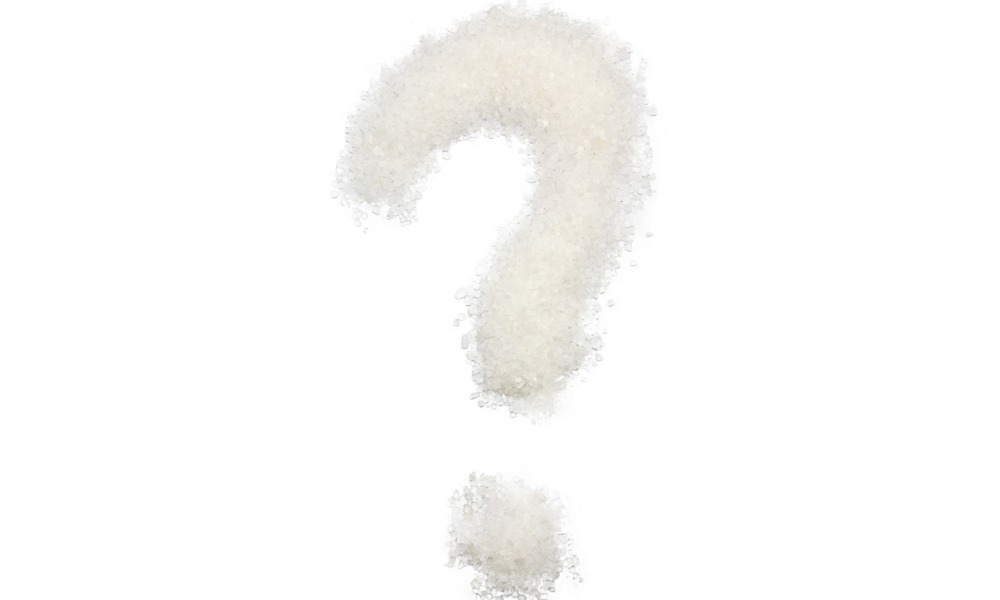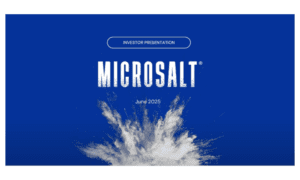Is your daily sodium intake a mystery? Here’s a revealing look at the amount of salt in typical American meals.
Key takeaways:
- Most people don’t know just how much sodium is lurking in their meals
- Packaged and processed foods are some of the worst sodium offenders
- Drinks from apple juice to alcohol also contribute to sodium intake
- Luckily, there are simple ways to reduce your sodium intake
According to the worldwide SALTS (sodium alternatives and long-term solution) survey conducted by Japan’s Ajinomoto Group, most consumers understand the health benefits of a lower-sodium diet, but they don’t see it as an issue that affects them personally. Why? Likely because they have no idea just how much sodium is hiding in every meal they eat.
From a microwave snack or quick sandwich to a three-course meal with sides, there’s a lot more sodium in the average meal than most people think. Many consumers “shop blind” by choosing foods for flavor or price point over nutritional value and health impact. After all, when was the last time you read a nutritional label at the grocery store? Or asked the waitress about the sodium content of items on a menu at a restaurant?
Breaking down just how much sodium is in each dish you eat can be an eye-opening experience, one that can help you understand just how important it is to manage your sodium intake. Despite consumer perceptions highlighted in the SALT survey, this is an issue that affects all of us. Every day.
Want to learn more about the amount of sodium in your meals and what you can do about it? Here’s what you need to know.
The basics
For starters, you may be wondering if salt and sodium are the same thing. They aren’t, although they’re closely related. Salt is a chemical compound known as sodium chloride, so while salt isn’t pure sodium, reducing your salt intake will also reduce your sodium intake.
The second thing to remember is that the FDA’s Dietary Guidelines for Americans recommends that adults limit their sodium intake to 2,300mg or less per day. That’s roughly one teaspoon of table salt. For kids, that number is even lower, depending on their age group.
Breaking down the sodium in an average meal
Americans adore convenience, especially when we’re hungry. That’s why processed, prepared, and packaged foods are so popular. Sadly, these foods also contribute over 70% of our dietary sodium. Here’s a summary of the sodium content of some common foods:
- Pizza – 90mg to 740mg per slice
- Subway Philly Sandwich – 1,120mg
- Lunchmeat (1 slice) – 362mg
- Canned Soup –1,200mg to 1,400mg per can
- McDonald’s Quarter Pounder with Cheese – 1,190mg
Nutrition labels are the key to revealing the sodium content in processed and packaged foods, so learning how to read them should be your top priority. Also, be aware that many popular food chains serve up meals you should avoid when you’re trying to limit your sodium intake, including Applebee’s, Denny’s, and TGI Fridays.
Those seemingly innocent little condiment packets are something else to be wary of. If you’re a ketchup fan, you need to know that a single tablespoon adds 154mg of sodium to your meal, while mayonnaise lovers add 88mg per tablespoon. And don’t forget breakfast. Packaged cereals vary widely in sodium content, from 10mg per 1 cup serving (shredded wheat) up to 331mg (cream of wheat).
Finally, be aware that just one single ingredient can greatly increase the quantity of salt in a meal. Baking powder, for instance, is a common ingredient in many foods that contributes a whopping 488mg of sodium per teaspoon.
The sodium content of some popular drinks
Believe it or not, your favorite beverage is also adding to your daily sodium intake. It may not seem like a lot, but it can quickly add up depending on how much you drink. And every little bit of sodium counts when you’re actively managing your health:
- Glass of wine – (5 fl oz) – 7mg of sodium
- Glass of water (8 fl oz) – 12mg
- Can of beer (356g) – 14mg
- Glass of orange juice (8 fl oz) – 15mg
- Glass of vegetable juice (8 fl oz) – 52mg
- Bottle of Coca-Cola (20 fl oz) – 75mg
It can feel disheartening to realize how much sodium is in the average meal no matter what you choose to eat or drink. The good news is that there are effective ways to reduce your intake and still enjoy dining.
Quick-and-easy ways to cut back on dietary sodium
If you’re interested in limiting your sodium intake, think about consulting a health professional who can establish your current sodium levels and create a customized dietary plan. This is the best and safest way to manage your salt intake based on your current health and lifestyle. That said, there are some simple strategies that anyone can employ to trim the amount of sodium in their diet.
Rinsing canned foods washes away some of the sodium they contain. Replacing salty condiments with spices and herbs can also lower your sodium intake, as can switching from canned vegetables to fresh or frozen produce. Consuming smaller servings of high-sodium foods, drinks, and condiments also helps, as does opting for lower-sodium packaged and prepared meals when you need convenience foods.
Of course, the best way to manage your sodium intake is to make your own meals from fresh ingredients. While this may seem like just another item in your long list of chores, it’s not as hard as you think, especially if you plan ahead.
Finally, ditch your salt shaker so you won’t be tempted to add more salt than your food already contains. And if you can’t quite bring yourself to go cold turkey on sodium at the table, there’s a healthier, great-tasting alternative you can try.
MicroSalt® is more than your average source of sodium
Want to dramatically decrease your sodium intake without sacrificing the salty taste you love? Try giving our MicroSalt® shakers a place at your dinner table and you can enjoy all-natural salty flavor with half the sodium of regular table salt. You could also pick up a pack of our SaltMe®! Chips – four different flavorful ways to avoid the high sodium found in typical packaged snacks.
Contact us to learn more about our commitment to flavorful, healthy diets and how it made us Sodium Reduction Technology Provider of the Year for 2022.




